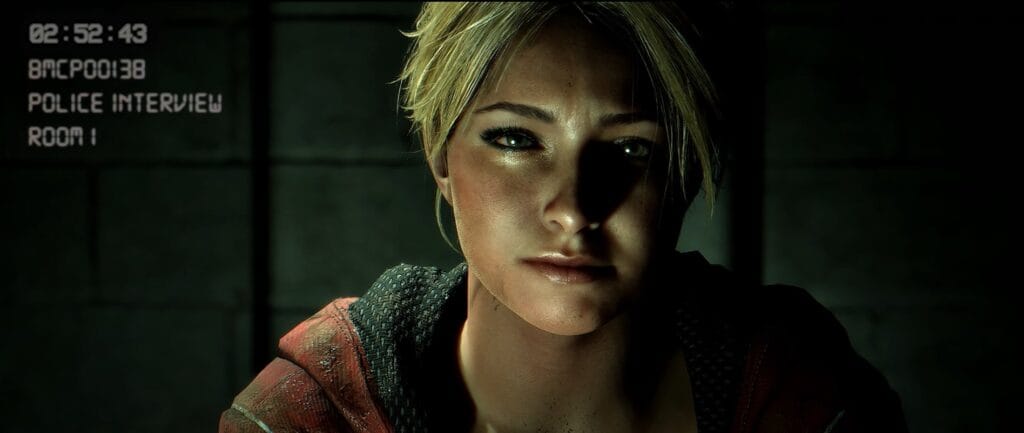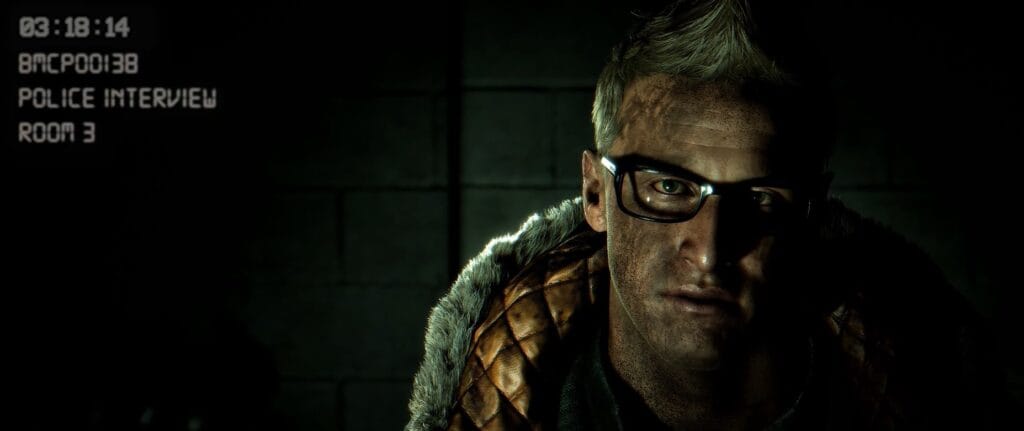
Revisiting Until Dawn: A Perfect Horror Experience for October
Supermassive Games has established a distinct identity within the interactive horror movie genre, starting with Until Dawn. While other titles, such as the underrated ObsCure, have attempted to capture the essence of slasher cinema in gaming, none have quite matched the impact of Until Dawn. With a film adaptation on the horizon and a sequel reportedly in development, this is the ideal moment to revisit the game.
This time, development is led by Ballistic Moon, with publishing duties handled by Sony Interactive Entertainment. Fans of the original can rest assured that there’s still plenty to enjoy in this new version.
The storyline centers on a group of friends reuniting at a lodge in the Canadian mountains, one year after the mysterious disappearance of two of their peers. As expected, things take a dark turn, but we won’t spoil anything for those who haven’t played the original.
The game features several revamped sequences and additional areas to explore, though none distract from the main narrative or introduce significantly new elements. For instance, there isn’t a scene where Josh confesses his feelings for Matt, nor does Jess fend off a threat with a shotgun. However, players will discover small bonuses, such as new paths and collectible items. Occasionally, you might take a detour that leads nowhere, but this allows developers to showcase the stunning visuals of the game, from its lighting effects to the beautifully rendered landscapes.

A significant amount of motion capture and character likenesses are reused. Many actors are well-known, and it’s impressive how closely they resemble their characters. At times, you might find yourself questioning why you thought they looked so much like their roles in the original.
The characters are well-developed and embody classic slasher movie archetypes: the class clown, the queen bee, the bookworm, and the final girl. While Emily fits the mold of the stereotypical mean girl, she also shows genuine remorse for her actions. Similarly, “nice girl” Ashley has the potential to cause the deaths of two different characters, depending on her actions or lack thereof. They feel like real people with relatable flaws, and credit goes to the performers for bringing this depth to life. Whether it’s Nichole Sakura slapping someone or Peter Stormare portraying a chilling psychiatrist, it’s clear that the cast is enjoying their roles and giving their all.
The cinematography has been entirely reworked, creating a more cinematic experience than ever before. It’s remarkable how much a new camera angle or a wider shot can enhance the overall presentation, elevating everything fans loved about the original.

Of course, a horror game isn’t solely about character models or lighting; it’s about the thrills, and Until Dawn delivers on that front. The gore is executed exceptionally well, skillfully walking the line between over-the-top and genuinely horrifying. The tone feels more aligned with Scream than Cherry Falls, maintaining the essence of a slasher film.
The game also employs psychological horror tailored to unsettle each individual player, much like its predecessor. Are you afraid of spiders? You might find one in a jar on Doctor Hill’s desk. Fear needles? The antagonist may try to incapacitate you with a syringe rather than sleeping gas. These subtle changes don’t alter gameplay but create a personalized experience for each player.
Until Dawn is an ideal game for October, especially for horror movie enthusiasts. If you’ve ever scoffed at characters investigating strange noises, you might be surprised by how often you fall into those same traps while playing. Although the game isn’t marketed as a multiplayer experience, gathering friends, assigning characters, and watching someone make a foolish decision—like opening the wrong door—adds to the fun. True to the spirit of the best horror films, this game involves characters making foolish mistakes, except you’re the one making those decisions.

Room for Improvement
Despite its strengths, Until Dawn does have some minor issues. While they don’t significantly detract from the experience, they can be slightly frustrating.
First, let’s address character movement. At times, navigating feels awkward, as characters can suddenly accelerate or slow down unpredictably. It would have been preferable if the developers had implemented a run button instead of leaving pace decisions to the game. Additionally, transitioning between camera angles can cause some disorientation, as characters may continue walking in a previous direction even after you’ve tried to change course. Fortunately, there’s minimal danger when taking your time with navigation, as most threats arise during action sequences or specific choices.
There have been some tweaks to collectibles, which can sometimes be collected out of order. In one instance, I found the last collectible before discovering the earlier ones. Additionally, with totems, players must manually locate the right spot to view them for premonitions. Again, these aren’t major issues, but they can feel a bit awkward.
While the character models are impressive, there are moments when unusual facial expressions appear in the background, like a character making a strange face after a friend uncovers a secret passage. Though not a critical issue, it can momentarily break immersion.

As in the original version, players can view character traits and relationships. There are instances where these relationships and player decisions have consequences, but traits like honesty or bravery don’t seem to affect gameplay. For example, Ashley’s bravery level doesn’t restrict her options, as she always has access to the same choices.
When it comes to relationships, the information displayed on the relationship bars doesn’t always align with in-game events. At one point, Emily was venting about her boyfriend Matt, yet I still received the best possible outcome for their relationship. This inconsistency was a missed opportunity for improvement in the remake.
The “Don’t Move” sequences return and remain just as frustrating as before. Even if you keep the controller still, it may still register as movement. If you find these sections challenging, consider adjusting the settings.
Lastly, while there is some new content, most of it involves slightly different paths or new collectibles. Similar to the original, several characters are absent for long stretches even if they survive early encounters. A bit more focus on these characters would have added depth to the experience. However, we understand that this may not always be feasible.
Overall, none of these minor issues overshadow the experience of Until Dawn. This remake knows what fans want and delivers it without unnecessary changes. The alterations present are subtle and enhance the gameplay rather than detract from it. If you’re seeking a more interactive movie night experience, this is an excellent choice—especially for the Halloween season.

